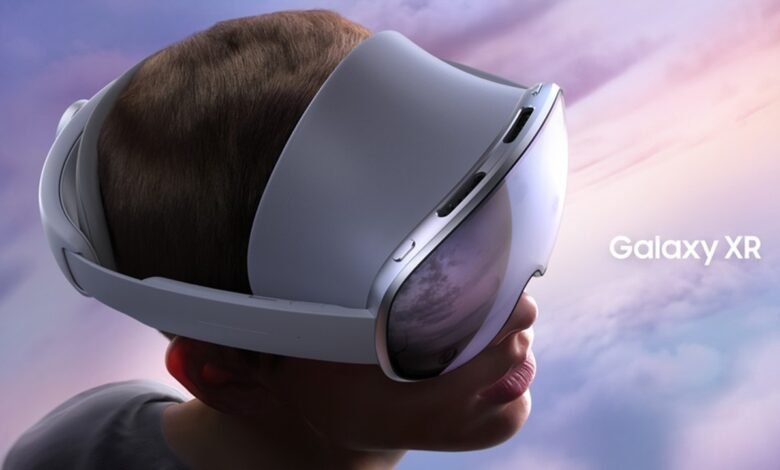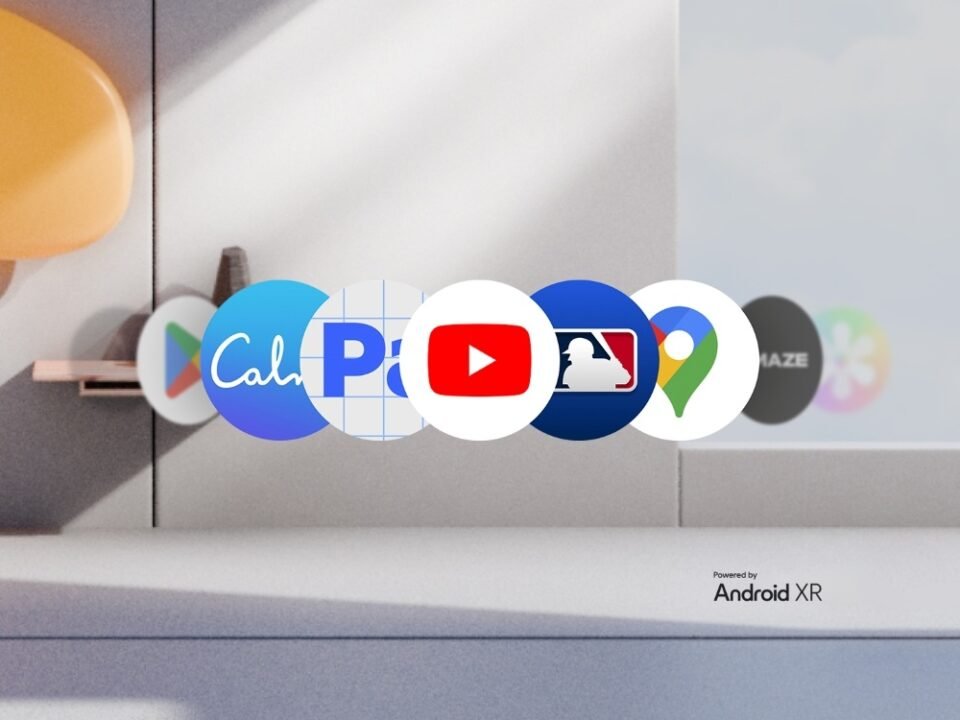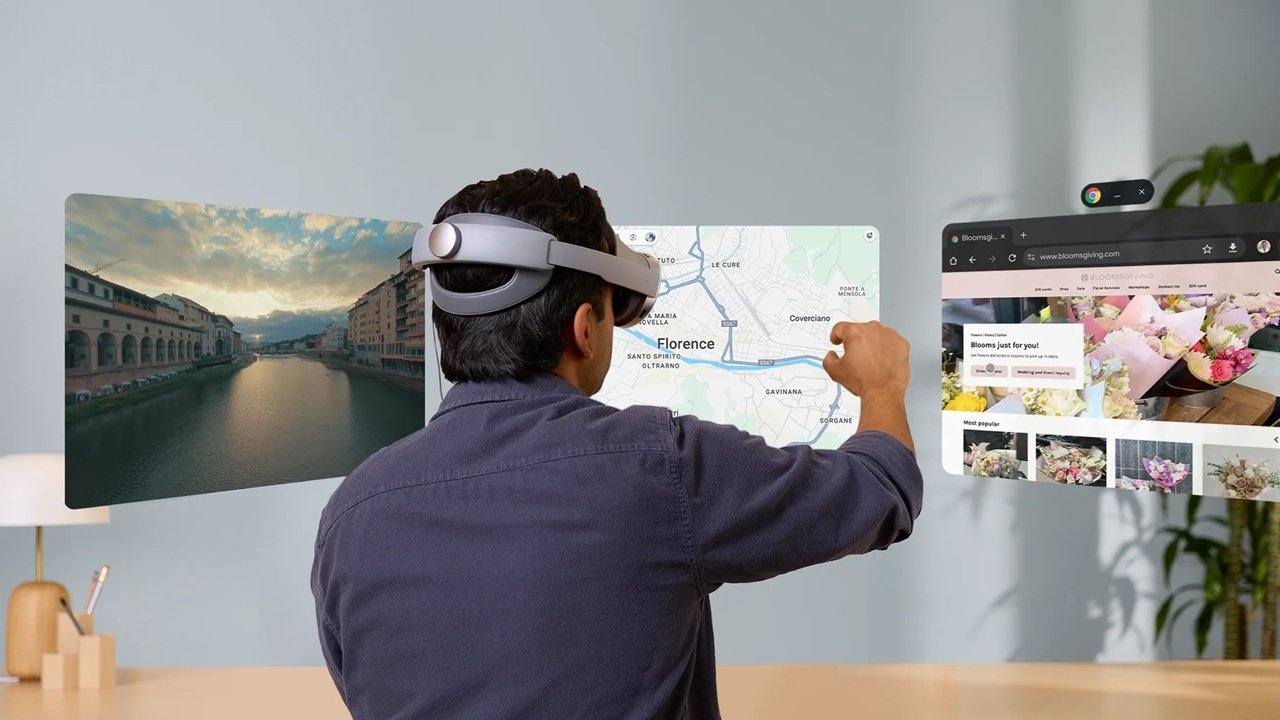
Samsung has officially entered the extended reality (XR) space with the launch of Galaxy XR, the first-ever headset powered by Android XR, a new platform built jointly by Samsung, Google, and Qualcomm. The device marks the beginning of what Samsung calls an “AI-native” future of spatial computing, blending digital apps, AI companions, and real-world awareness into one immersive experience.
“With Galaxy XR, Samsung is introducing a brand-new ecosystem of mobile devices,” said Won-Joon Choi, EVP and Head of Mobile R&D at Samsung Electronics. “Built on Android XR, Galaxy XR expands the vision for mobile AI into a new frontier of immersive and meaningful possibilities.”
Built for the “Gemini era” of Android
At the heart of Galaxy XR is Gemini, Google’s multimodal AI assistant, deeply embedded at the system level. “Android XR is the first Android platform built entirely for the Gemini era,” explained Google’s Sameer Samat, adding that it’s “a significant leap forward” for the Android ecosystem.
This tight integration allows Galaxy XR to “see what you see” and “hear what you hear,” creating natural, conversational interactions that go beyond simple voice commands. Users can ask Gemini to help with tasks, fetch context-aware information, or even organize virtual windows across an infinite workspace with a quick “Hey Google, organize these.”
Apps, entertainment, and AI everywhere

Out of the box, Galaxy XR supports millions of Android apps from Google Play, alongside reimagined versions of YouTube, Google Maps, Photos, TV, and Chrome optimized for spatial use. It also ships with native Netflix, HBO Max, and Crunchyroll apps, plus immersive experiences from Adobe, Calm, Fox Sports, MLB, and leading VR game studios like Owlchemy Labs and Resolution Games.
Samsung says users can “stream their favourite shows on a 4K Micro-OLED screen that feels like a personal theater,” or even watch multiple live sports feeds at once. You can also convert your 2D photos and videos into 3D memories, browse the web with floating Chrome windows, or explore the world through Google Maps’ Immersive View, all while Gemini acts as your contextual guide.

And thanks to its Snapdragon XR2+ Gen 2 chipset and Hexagon NPU, the Galaxy XR promises powerful AI-driven visuals, spatialized audio, and precise hand, eye, and head tracking. It’s also about 200 grams lighter than Apple’s Vision Pro, and Samsung says its ergonomic design distributes weight evenly across the head for longer comfort.
Samsung Galaxy XR price and availability
The Galaxy XR starts at $1,799 (about KES 230,000), which is less than half the current price of the first-gen Apple Vision Pro in Kenya. It’s available now in the U.S. and South Korea, both online and in select Samsung and Google Stores.
Buyers can also grab an Explorer Pack that includes 12 months of Google AI Pro, YouTube Premium, and Play Pass, plus access to sports streaming (NBA League Pass or Coupang Play) and premium apps like Adobe’s Project Pulsar and Calm.
The African question
Now, while the Galaxy XR is shaping up to be the most complete Android XR headset yet complete with a native YouTube app, VR games, and an actually usable AI, one has to wonder: is it practical in markets like Kenya?
After all, the Apple Vision Pro M2 already retails locally at around half a million shillings, and the new M5 model will likely go for much more. Even with the Galaxy XR undercutting it by nearly half, it’s still a luxury device in a market where flagship phones are often aspirational buys.
And beyond price, there’s still the question of why. Sports in VR? Watching football alone in a headset instead of with friends? Google Maps in 3D? Sure, that’s cool. But is it a killer app?
As of now, Galaxy XR looks like a powerful showcase of what Android XR and Gemini can do, and possibly the most balanced headset in the category. But until immersive computing finds its must-have use case, it might remain an impressive curiosity rather than an essential device, at least for many in Kenya and Africa.







